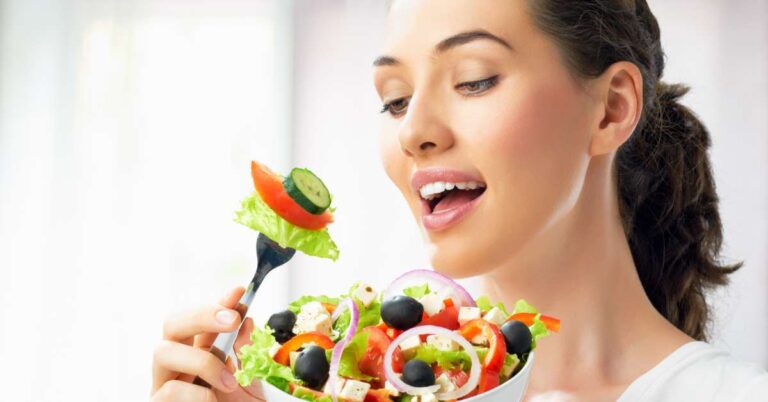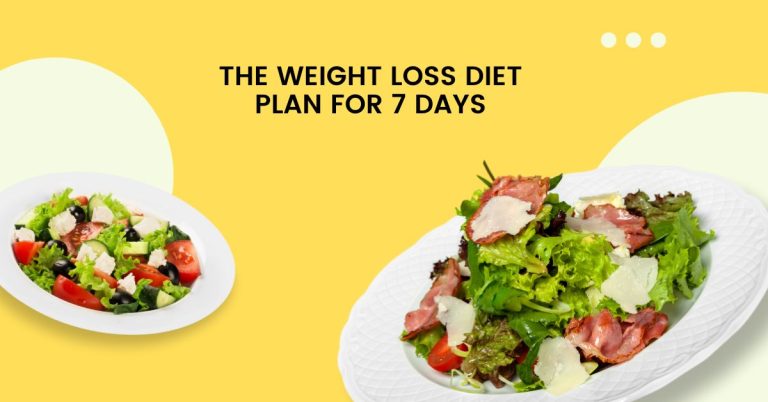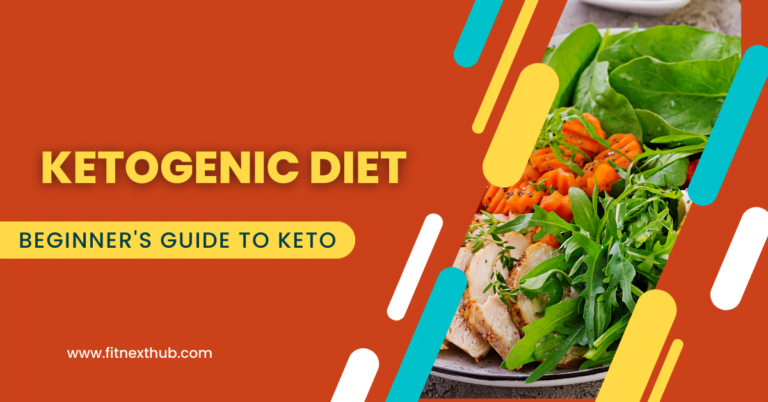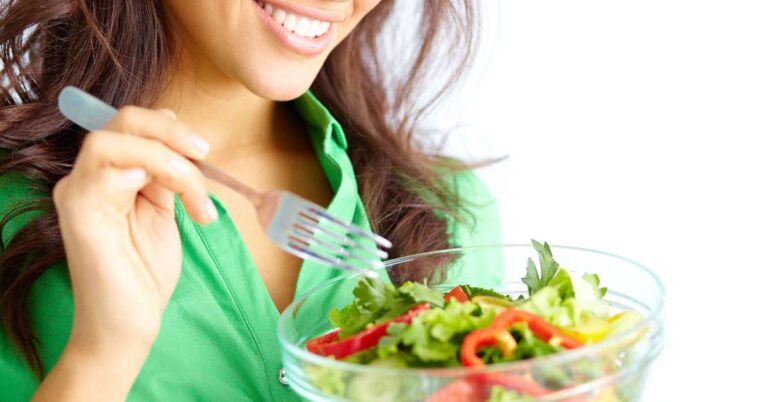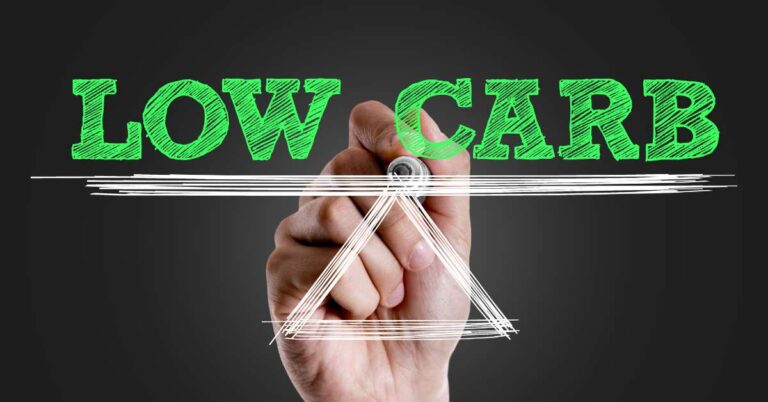The Keto diet is the most effective food plan
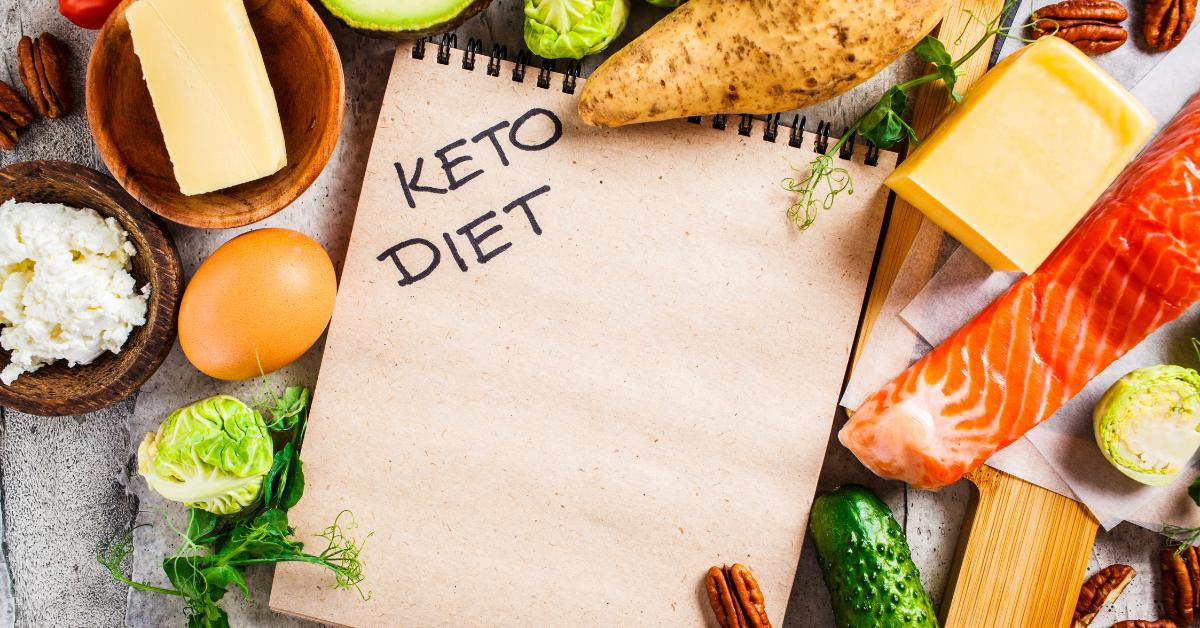
Are you tired of trying every diet under the sun only to see little or no results? Are you looking for a new and innovative approach to eating that will help you lose weight and improve your overall health? Look no further than the Keto Diet.
The Keto Diet, also known as the Ketogenic Diet, is a high-fat, low-carb diet that is highly effective for weight loss and improving numerous health markers. In this article, we’ll dive into the basics of the Keto Diet and explore how it works, what to eat, and its benefits and potential drawbacks.
How does the keto diet work?
The diet, also referred to by”the “ketogenic diet,” demands that you limit the number of carbs you consume daily and increase your intake of fat to ensure that your body is stimulated to burn fat for energy, a process referred to by the term “ketosis.”
- 60% – 70 percent of your calories must be from fat, and the rest, five to 10 percent, come from carbohydrates. Protein should make up 15%-30 percent of your calories.
The moment your body enters the ketosis state, it produces ketones, which are chemical substances used by your body to replenish the carbs you’re deficient in. As a result, your body begins to burn more calories in this stage, which results in rapid weight loss.
Keto-friendly and healthy
Here’s what you should eat when following the keto diet:
- In ketosis, you must eat low-carb and high-fat food items to force your body to use its fat reserves.
- Consume food that meets all the nutritional needs of your body.
The second thing you need to know about keto is the food you can eat.
Dietary fats that are healthy for your health
Since your body will be burning fat to fuel itself, The most healthy fats are those you consume. Oils like coconut, olive avocado butter, milk cheese, and fatty fish are a few examples. Begin by increasing your consumption of fats and gradually reduce this as the body adapts to your diet.
Moderate protein intake
Because keto is moderately protein fat, it can be used with unprocessed, grass-fed meat, eggs raised on pasture, and wild-caught seafood. Shrimp and nuts are other alternatives. Limit your intake to 3 to 6 pounds of protein for each meal and just a little more if exercising.
- Vegetables
The more vegetables that are raw, the better. Cruciferous and green leafy vegetables are great options.
What should I consume?
Water is the best beverage to drink when in ketosis. Lemon water, herbal tea, apple cider vinegar, almond milk, unsweetened almond water, and a cup of coffee are all excellent alternatives.
It is also recommended to stay clear of these foods when you are on the keto diet
- “TV dinners” or packaged frozen meals
- Nitrate-added processed beef
- Service is quick. service Restaurants
- White potatoes and potato chips are two examples of starchy food items.
- Pasta
- cereal containing sugar
- Yogurt with sugar
- MSG-containing food items
- Alcohol
- Any carbonated beverage, including diet soda
- Honey






